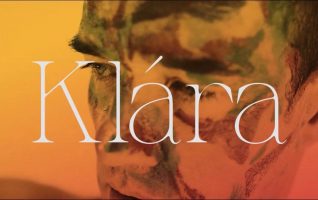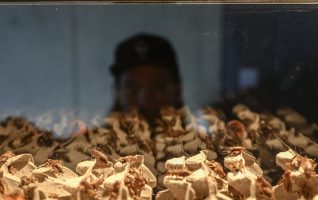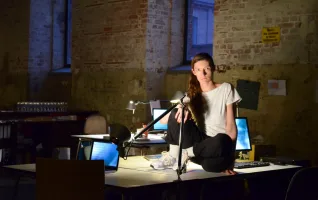Pedagogy for Expanded Interspecies listening, Meteorological walks, 2022
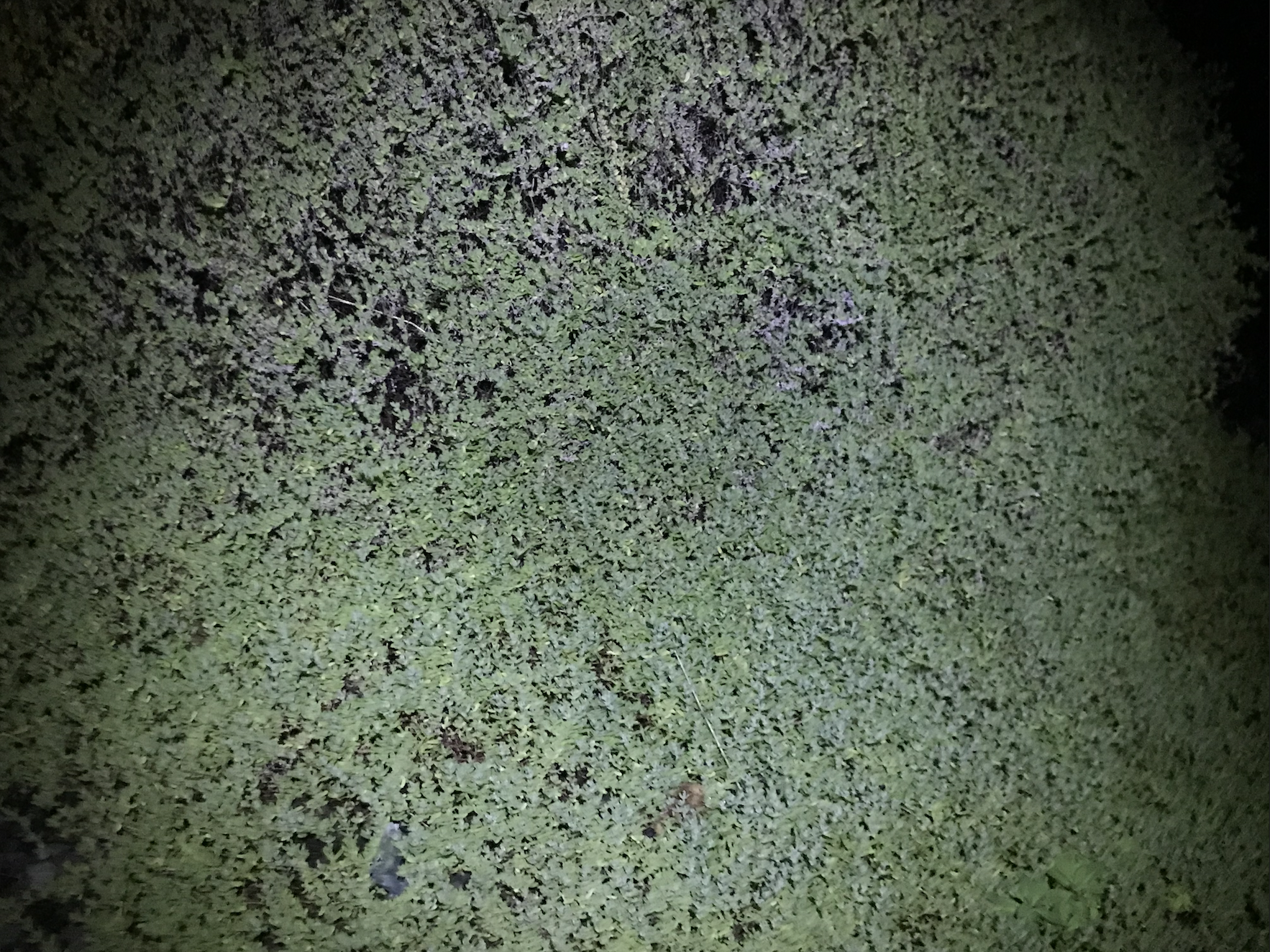
THE PEDAGOGY FOR EXPANDED – INTERSPECIES LISTENING
Interspecies/meteorological walks
Aleš Čermák & Jindřiška Křivánková (@abhpp)
Fundamental to life is the process of respiration, by which organisms continually disrupt any boundary between earth and sky …. Thus to inhabit the open is not to be stranded on the outer surface of the earth but to be caught up in the transformations of the weather-world. – Tim Ingold
INTRODUCTION
When we are inside a room, we often use only two senses: our eyes and ears; when we are outside, we can smell the flowers, taste the fresh air, watch the changing colors of the trees, hear the birds singing, and feel the breeze on our faces and skin. By listening carefully to these senses, we can begin to connect with the natural world around us. We will bridge the gap between us and the world of nature.
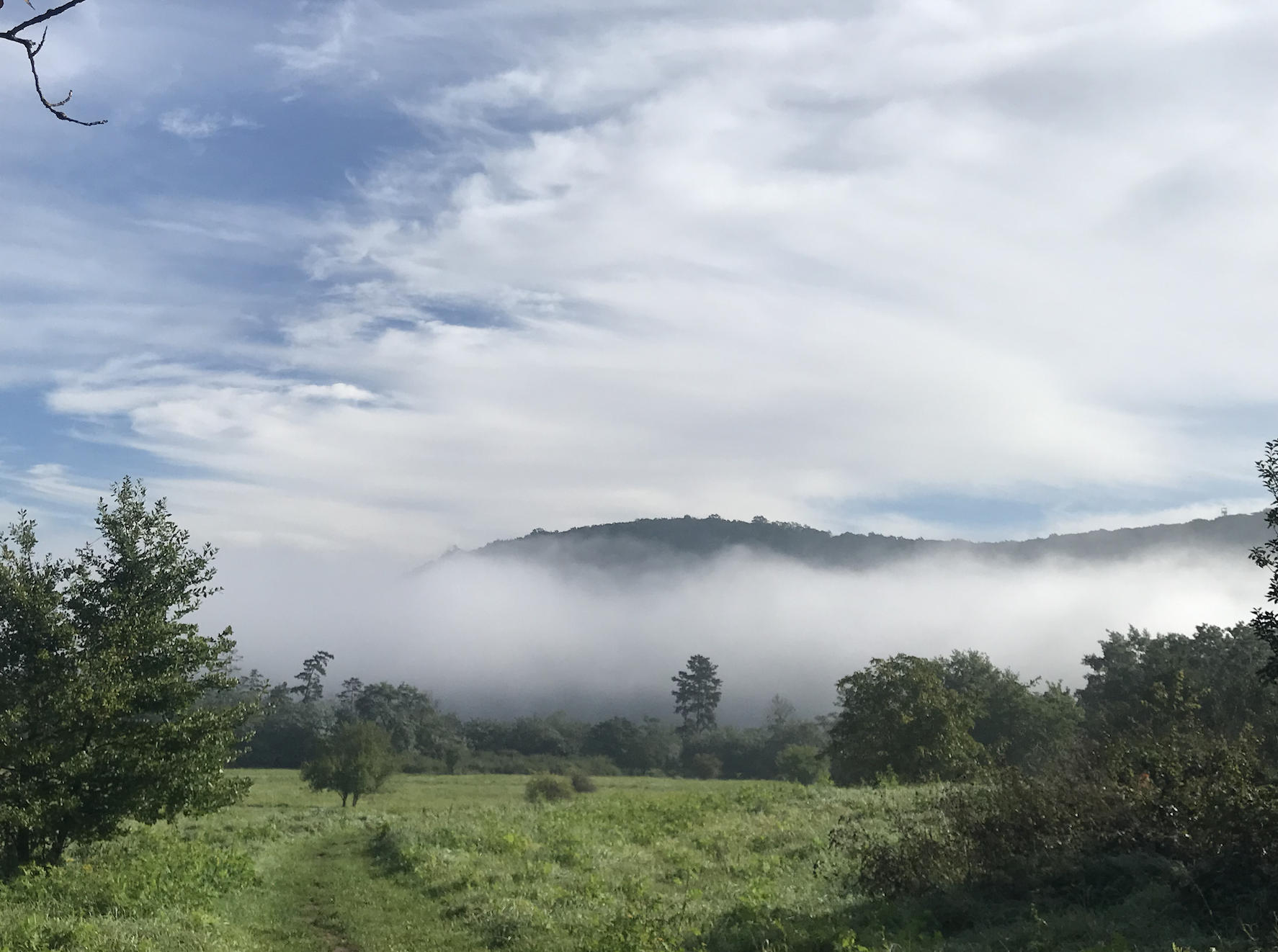
When we focus on our sensory experiences, such as walking barefoot in the sand or listening to the noise of the waves on the shore, or listening to the wind around us, we often find ourselves in the deep recesses of our memory. A deep experience of smell or movement inspires our imagination and thus generates alternative, imaginary visions for a given place.
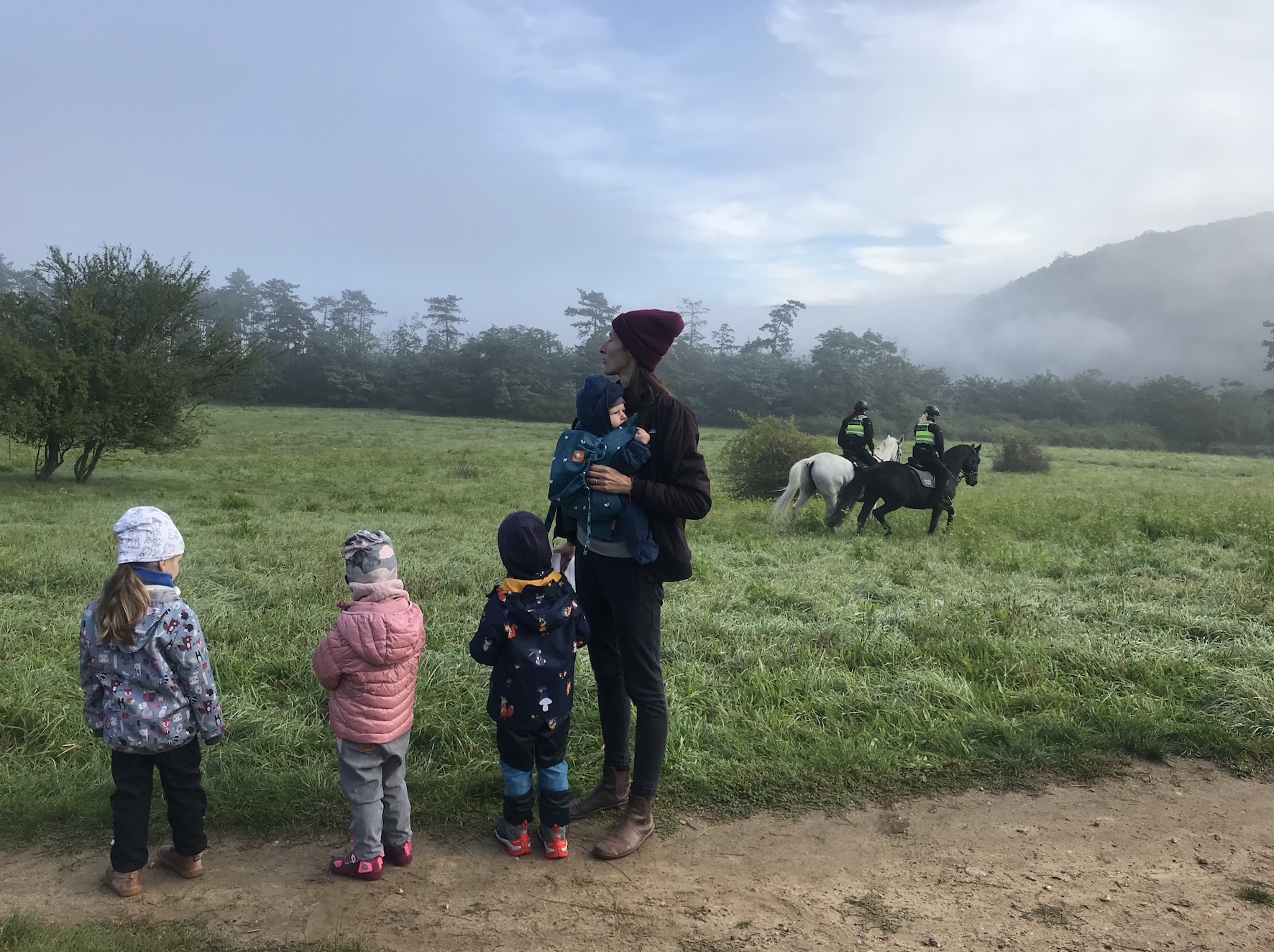
Through various sensory aspects, children reinterpret a given environment in different ways, based on a methodology that is rooted in our bodies and body interactions. What smells, sounds, tastes, feelings influence our image of a place, our connection to it? What pleasant and unpleasant, strange or domesticated feelings do we encounter?
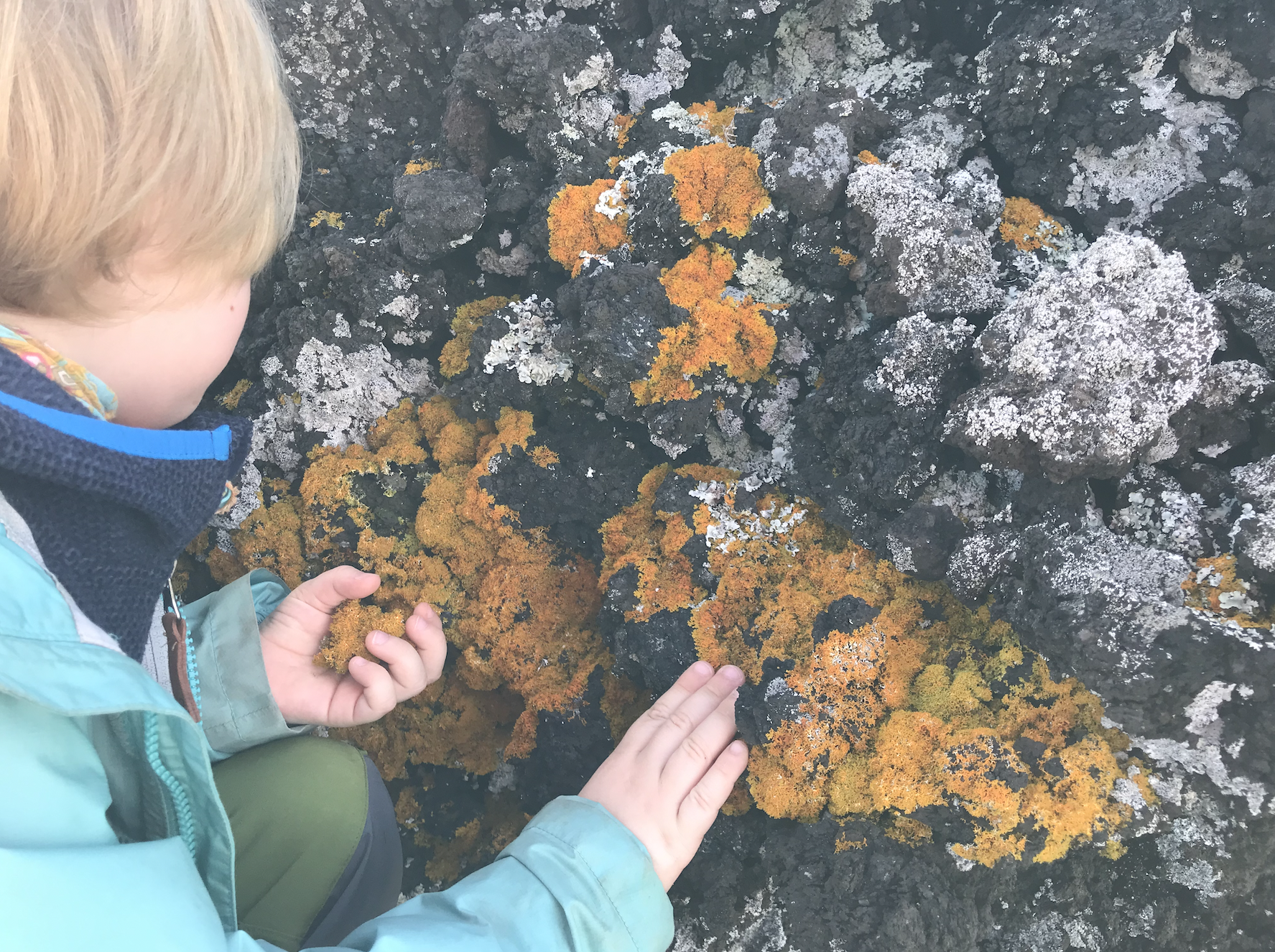
During sensory walks, we pay attention to our senses (multisensors) in order to map the networked – interconnected nature of the world around us, into which we are actively immersed. Climate and weather are not something we go through, but rather time we wait out together.
Through walks, we discover and map specific places. This summary of shared experiences then creates our sensory map, in which we try to find our way together. The properties of the place itself also attract us to new possibilities and ways of thinking.
We don’t always know what will be created!
We focus on the collective, but also individual, ways and means by which children learn from contact with other species, entities, and forces. Learning and the walks associated with it are primarily based on the relationships that take place between all actors. Walking with children and attuned to the different time planes of the meteorological world is also a practice that allows us to address the ethics of our (human) entanglement with the “wild weather” times in which we live.
We try to evolve the ways and possibilities offered by other time lines as a way of responding to the complex climate challenges of our time. For example, through a series of multi-sensory exercises, we examine children’s entanglement with ocean time – water time, changing climate, and other more-than-human times. Rather, we move to time periods that offer a different way of paying attention to the environment. At these moments, children encounter other times that are neither human nor animal.
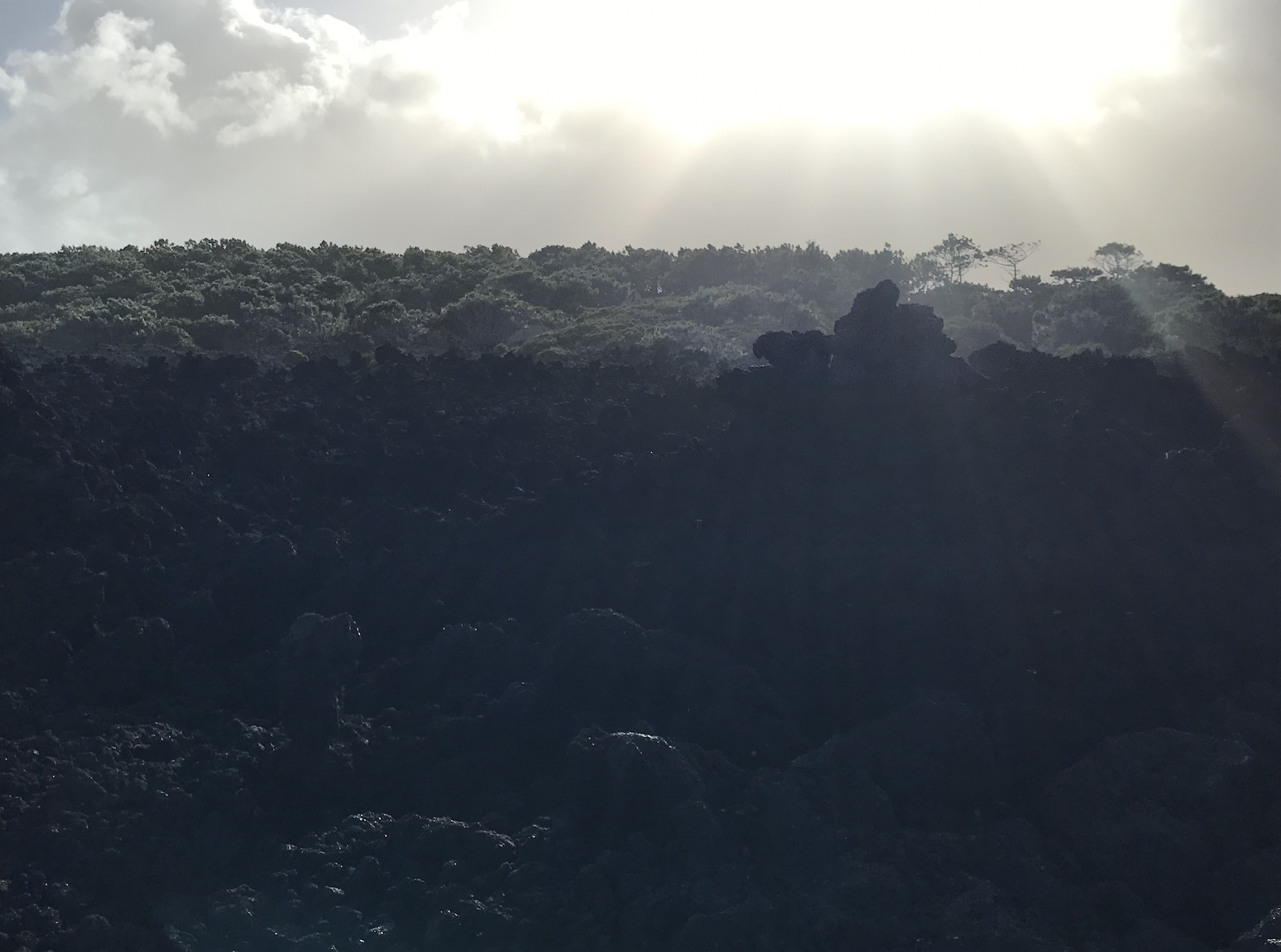
The Pedagogy for Expanded – Interspecies Listening involves a multisensory and relational form of walking through places so that children can understand/grasp the profound time and scale of man-made climate change.
Instead of focusing on practices that teach children “about” climate change, we focus on exploring how children learn “about” the environment through embodied and affective encounters. In shaping the approach of becoming weather – weather and child always interact with each other and through each other to shape new relationships in time and space.
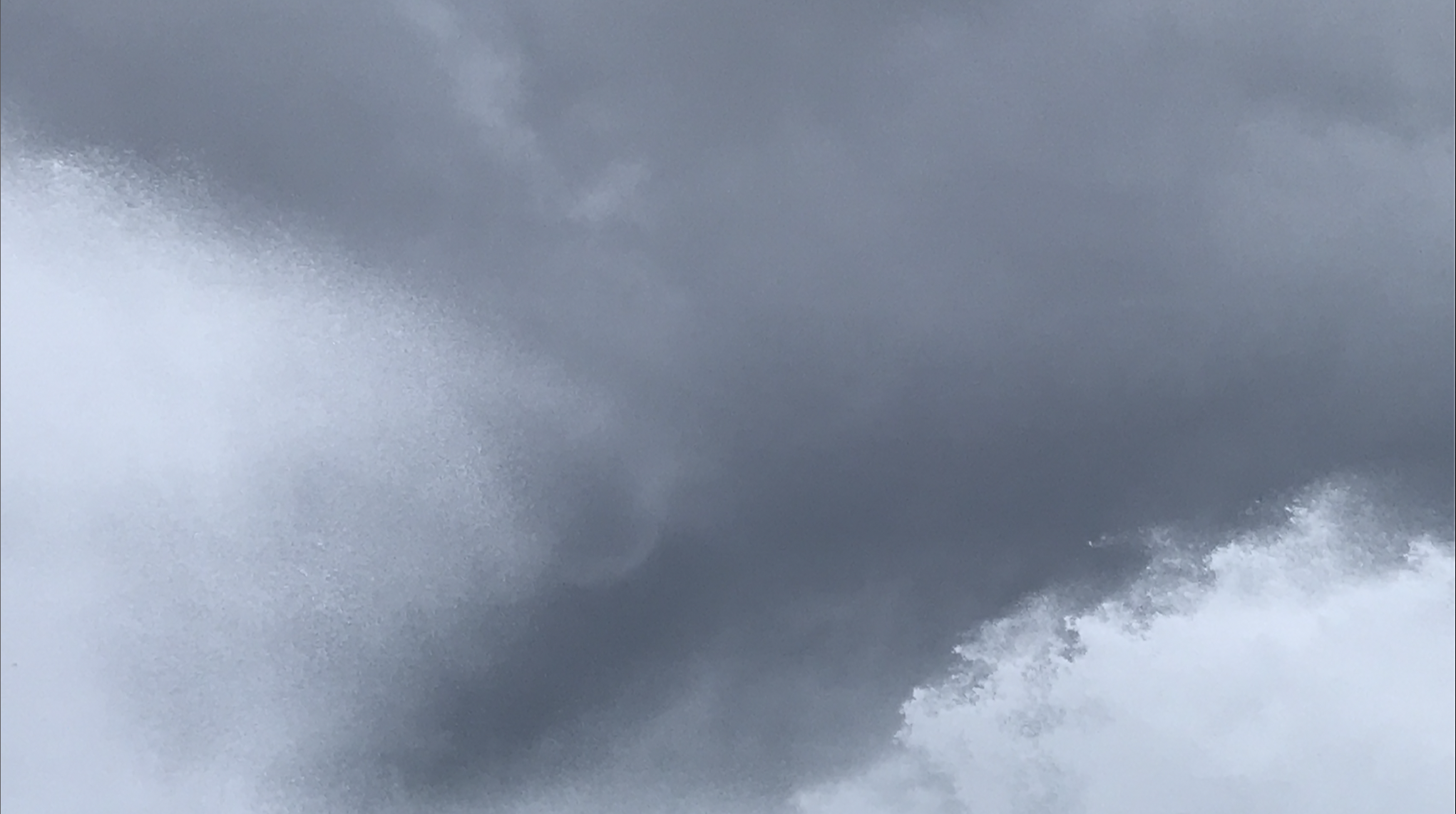
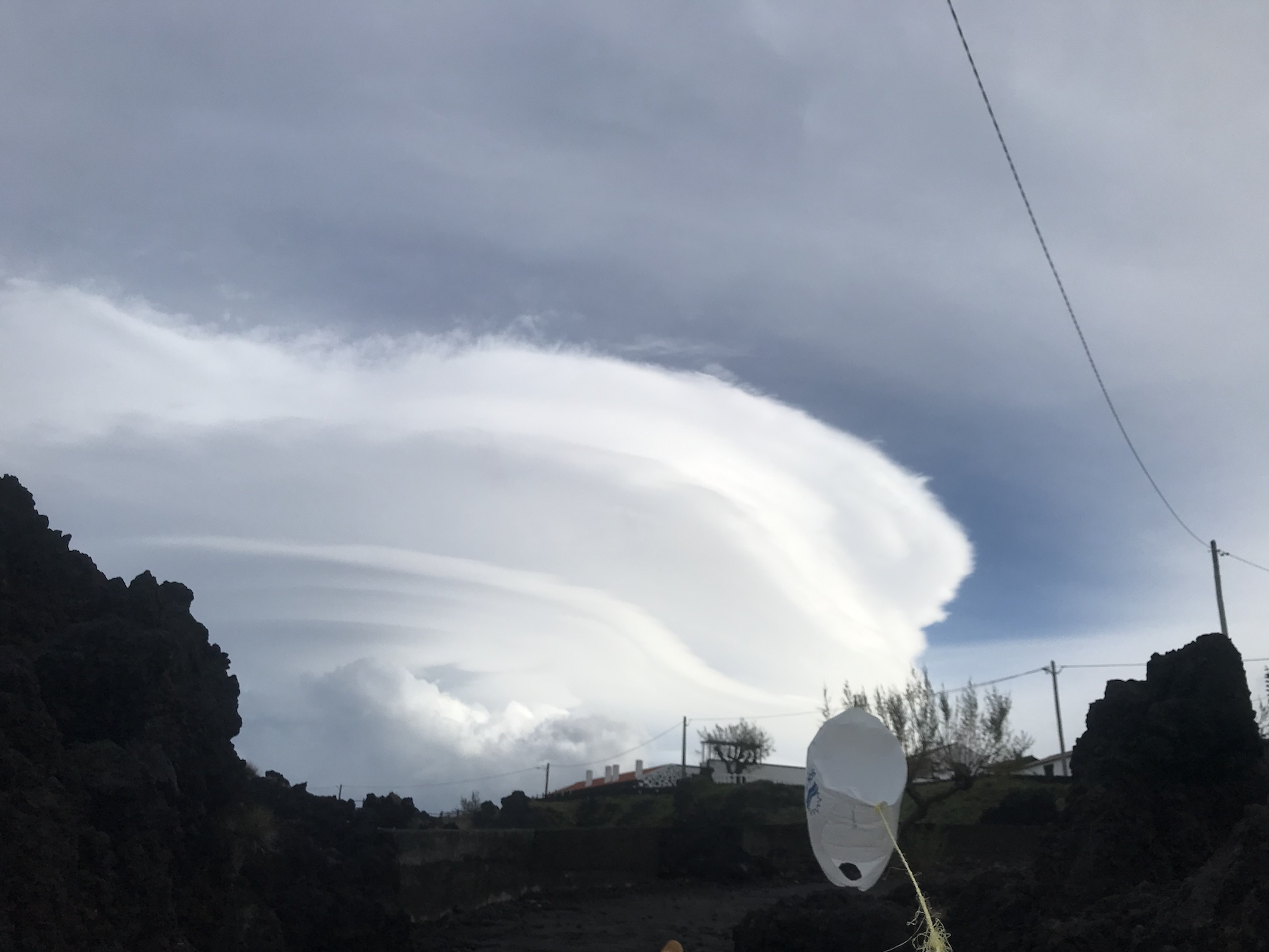
WALKS
Walks are designed to create a story or network that gradually creates a more complex sensory map of places.A walk is actually the beginning of complex and diverse steps. We intentionally place children in the full, heterogeneous and interdependent (multi-species) worlds we inhabit. Meteorological walks offer a range of interactive, sensory stimuli taking place mostly outdoors. The bulk of the activities are focused on the outdoors experience. On contact with weather worlds and other interspecies actors, which can ultimately be very productive because they constantly show various forms of kinesthetic, visual and affective resonances. Through meteorological walks, children develop a special relationship with places and transience because the weather is also, to some extent, a transient landscape.
Through our walks, we learn “to be influenced.” We learn to pay attention not only to our own movements, rhythms and stories, but also to those we encounter. It is also important to take into account that not all encounters must always be pleasant. At times, they can be messy or distracting. We work with slow methods (– slow pedagogy) to uncover unexpected matters, or those matters that could easily be overlooked under normal circumstances.
The idea of walking is often considered established, requiring little thought. In preschool-age children, a walk is predominantly a game of wonder and drifting – of ourselves in a place/place, much as a storm and wind move. When storms and winds move and shape our bodies (human and more-than-human), we feel human movement, as somehow in motion with a multitude of other entities. Through our human and more-than-human nature, we can also recognize our Self, as part of the Earth.
Notes: The Pedagogy for Expanded – Interspecies Listening represents a wider range of artistic-research activities that arise as part of the educational-research environment Sea-Water Amplification (SWA). These activities aim to expand and define more deeply, the so-called experience in relation to outdoor pedagogy and epistemology of seascape.
Currently, The Pedagogy for Expanded – Interspecies Listening is systematically developed in the Czech Republic (forest nursery Velíček&@abhpp), Portugal (@abhpp&SWA) and Finland (@abhpp&SAARI).
Activities:
